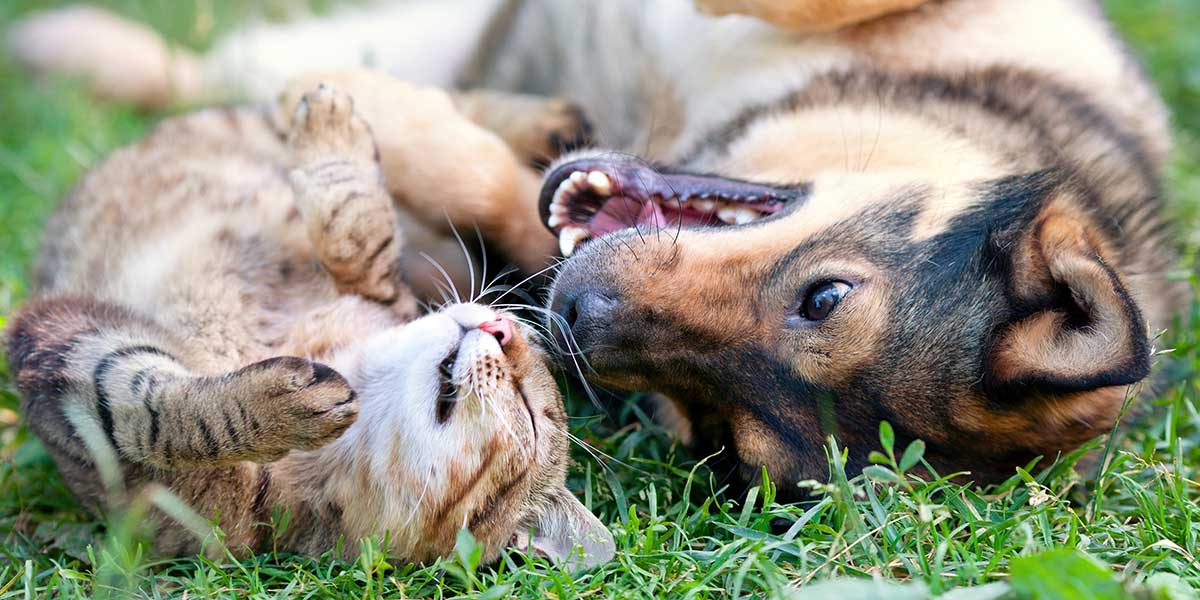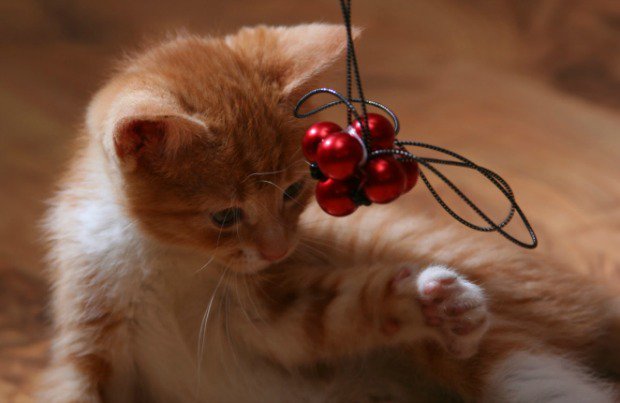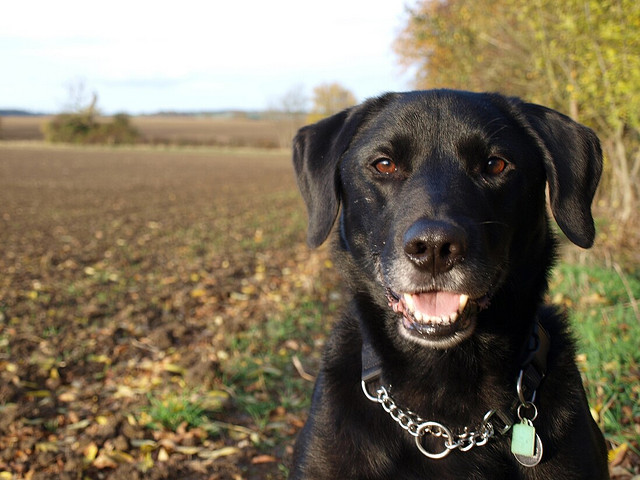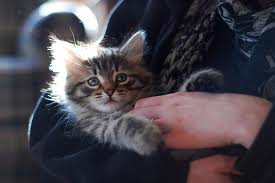The holiday season is upon us, and many pet parents plan on including their furry counterparts in the festivities. As you gear up for the holidays, it is extremely important to try to keep your pet’s routines as close to normal as possible during the holiday madness. Also, for your safety (and sanity) and theirs, make sure to be careful with how far you go with your holiday decorations. Here are some tips to make sure your pets have a safe and happy holidays with the rest of the family.
Secure Your Christmas Tree
Make sure you securely anchor your Christmas tree so it doesn’t tip and fall, causing possible injury to your pet. This will also prevent the tree water from spilling which can cause your pet to get sick.
No Meeting Under The Mistletoe
Mistletoe and Holly can be poisonous or sometimes deadly to your furry holiday companions. Opt for safer artificial plants made of silk or plastic, or a pet-safe bouquet.
Wires, and Batteries, and Ornaments Oh My!
Keep wires, batteries, and glass or plastic ornaments outside of a paw’s reach. Wires could give your animal a potentially lethal electric shock, and a punctured battery can cause severe burns to their mouth and esophagus, while shards of broken ornaments, outside of being a pain to clean up can be a safety hazard to your pets’ paws.
No Desert for Fido
Of course, it’s a no brainer to never feed your pets chocolate or anything sweetened with xylitol, but, to make sure your pets don’t get into anything they’re not supposed to, make sure to keep your pets away from the table and unattended plates of food, and be sure to secure the lids on garbage cans.
Careful With The Adult Beverages
If your celebration includes some extra booze in the eggnog or other cocktails, be sure to place your drinks where pets can’t get to them. Alcohol can put your pets into a coma which can ultimately lead to death.
I know this sounds extremely gloomy for the holidays, but making sure your pets are safe can make sure your pets help you bring in the holidays without worrying about what trouble they can get into.










 It’s not even the end of August, yet people are walking around with jackets and sweatpants. Let’s be real — it’s been a bit nippy outside lately. It’s not just rainy, it’s now rainy and cool. What gives, Mother Nature?
It’s not even the end of August, yet people are walking around with jackets and sweatpants. Let’s be real — it’s been a bit nippy outside lately. It’s not just rainy, it’s now rainy and cool. What gives, Mother Nature?
